Apologies to subscribers/followers if you saw an earlier version of this post – it was inadvertently published before it was complete!
I’ve just completed what amounts to a crash course in countertops, as I’m in the midst of selecting them for our new home. I thought I would share some of my learnings, as well as my own opinions, in case they are helpful to you.
1. Where is the love for granite?
I have to admit, I had no idea until recently that there is a growing legion of homeowners who LOATHE granite. I mean really hate it. So much that they’ve got an acronym for it – ABG (anything but granite). It seems that we are seeing a backlash to the near-ubiquity of granite as a countertop surface in high-end homes and apartments in the 90s and 00s, and now is more mass market as prices fall below that of other surfaces. Perhaps it is a reaction in line with the rise of “McMansions” in suburbia.
Whatever the reason, I think the reports of granite’s demise have been widely exaggerated. Personally, I think discounting a class of surfaces altogether on the merits of (lack of) popularity is a bit short-sighted. Granite became popular for a reason. it performs great in a variety of contexts, and maintenance is relatively easy – just get it sealed every couple of years, and it’s pretty much indestructible, not to mention highly resistant to heat and stains. Sure, you may not love all colors and/or finishes, but there is such a huge variety that it’s highly unlikely a person could, speaking truthfully, say that “all” granite is ugly. It’s just not.
The ABG people can criticize me all they want, but I will be using Costa Esmeralda granite in my new kitchen. A sample of the material, and a beautiful kitchen (not mine) with CE countertops.
Photo Source: kitchens.com
2. Quartz is the new granite.
Quartz countertops are white hot right now. Though currently representing 5% of the total countertops market in the U.S., engineered quartz has taken other countries by storm (e.g. 82% market share in Australia!), and is poised to continue to chip away at granite domestically. The composition of quartz surfaces is primarily natural stone (quartz), which is among the hardest substances on earth, and synthetic resins that hold it all together.
Virtually maintenance free once installed (no resealing), Quartz is very durable, though may be a bit more vulnerable than granite to chips and cracks, as well as heat damage. Aesthetically speaking, quartz is very designer-friendly, and comes in a wide range of hues from natural-looking neutrals to candy-colored brights (think sour apple green and cherry pie red), and textures from coarse and varied to smooth and even as silk. You can even get patterns designed to mimic marble veining – and I have to say, they are gorgeous. However, going with Quartz is not going to save you money – in fact, costs are now generally on par with, or higher than granite.
For me, I loved the idea of a maintenance-free surface for children’s bathroom vanities. I hit the jackpot today in the remnant pile at the stone fabricator, and found two that were exactly what I was looking for – Silestone in Tigris Sand, and Viatera (LG) in Denali. I’m even considering Buttermilk CaesarStone for our master bath. Shown below in that order…
3. Marble is a classic.
It doesn’t seem like ‘marble overload’ has, or ever will set in, the way it has for granite. Marble still has a certain cache – even though some less expensive varieties, like Carrara, are often more economical than granite or quartz. However, marble is really a different animal – it has a certain delicate softness and classic elegance that is unlikely to go out of fashion. Marble countertops are a bit more fickle than other options, being highly susceptible to staining and etching (from acidic substances), so vigilant care is required to maintain its beauty. Regular, more frequent resealing is also required to prevent staining and damage to the surface.
I knew I needed a less fussy surface for my kitchen (which is why I am going with granite), but I think we can handle it in our master bath. We’re also thinking about CaesarStone, but since we’re using Crema Marfil and Statuary marble tile there, I’ve got those in the consideration set. Crema Marfil and Statuary shown below, in that order…
4. Soapstone: an untamed beauty.
My feeling about soapstone has totally changed in the past few days – from abject fear to a deep, abiding love for the surface. I realized that it’s all about using it in the right context, for your lifestyle. I knew it would not be the right surface for me in a kitchen, for example, partly because of the dark color, but also because it does not take a beating well (dents and scratches are likely, and hot pots could cause damage or discoloration). However, the more I looked at soapstone, the more beautiful it became in my eyes. And I realized that I could use it in places like our dry bar, and possibly the laundry room, without worrying about the drawbacks of the surface.
What is really unique about soapstone is the way you can tailor the color to your liking, through buffing and the regular application of mineral oil. The cool thing about this is, while it is maintenance, it’s something you can do yourself, which may be more appealing for some people (I liked that – I tend to put off bringing in the pros longer than I should…). Check out the variation in the pictures below. I have a slight preference for the dark, oiled look with a bit more creamy veining, but I think it’s all gorgeous – and particularly at home in an arts-and-crafts-leaning interior.
Photo sources: M Teixeira Soapstone, capitolgranite.net, soapstonecountertop.net, Houzz
I haven’t addressed synthetic surfaces like Corian, Formica, etc. because I didn’t really take a hard look at them.
I would love to know what other people think about these countertop contenders. Am I the only remaining granite fan in a world gone “ABG?” And what do you think of soapstone?

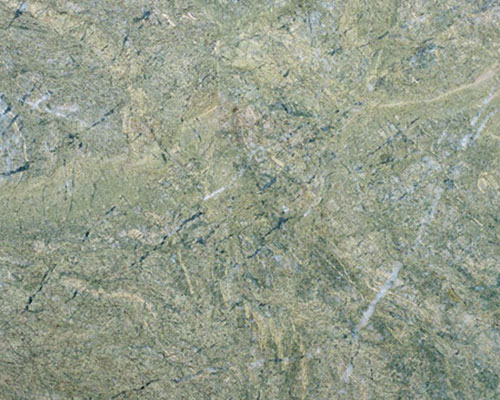
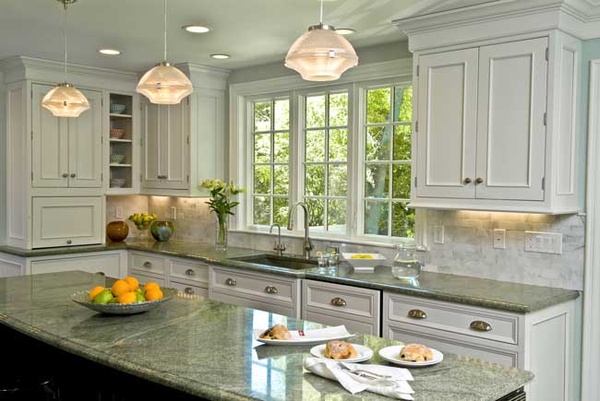
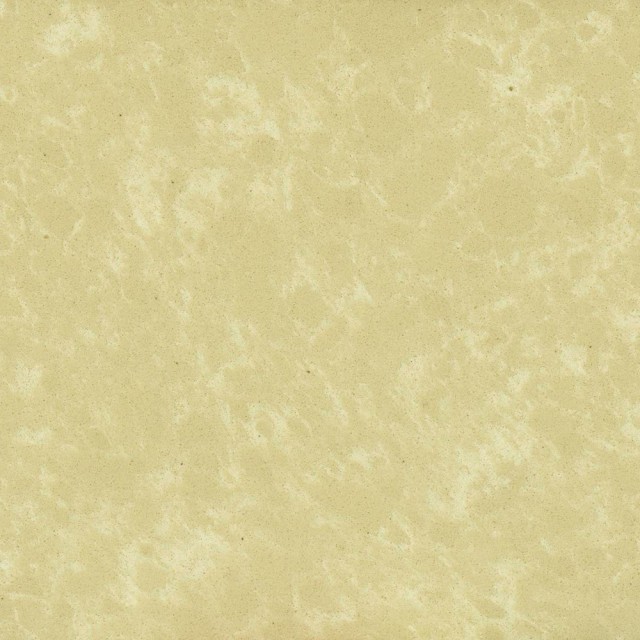
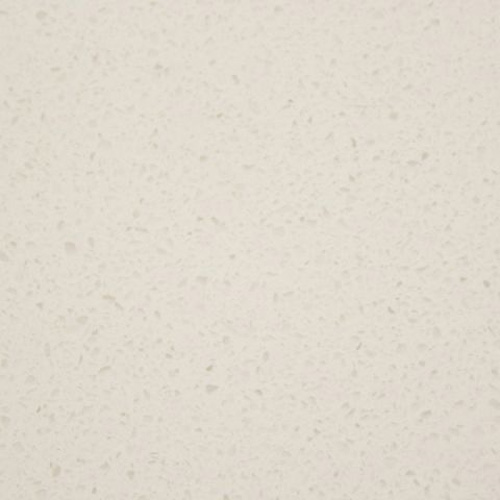

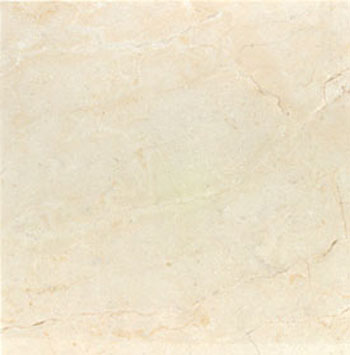
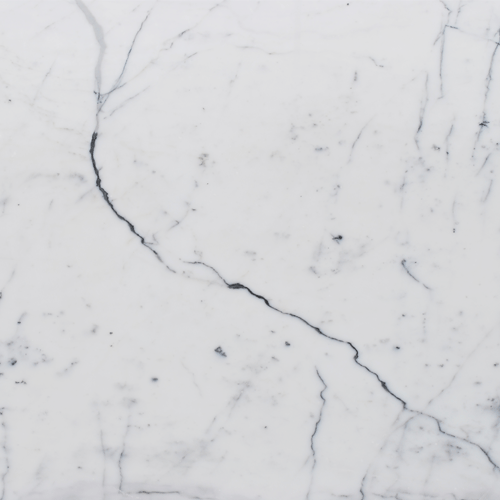

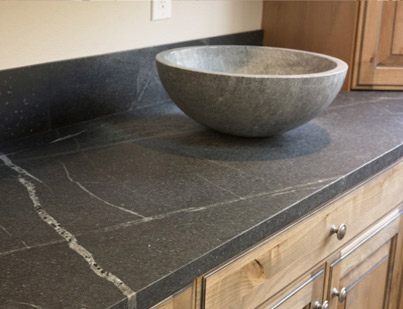
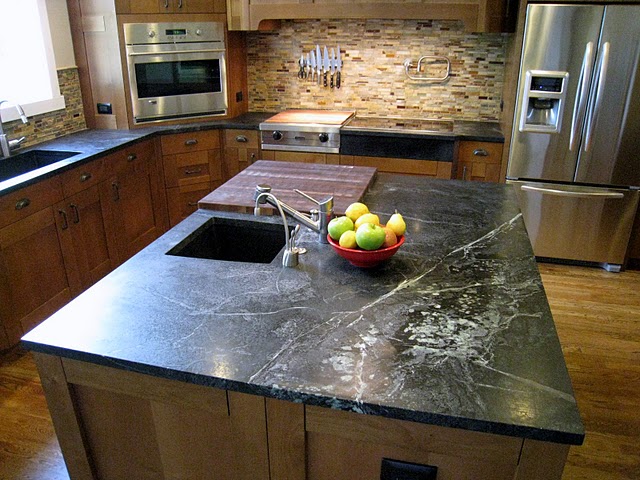

Hi Kelly. First thanks so much for finding and following my blog…. I’m thrilled! Congrats on your plunge into interior design. I think your blog is really wonderful and creates a great place for sharing and discussion. WHICH I LOVE! So I guess I’ll share my thoughts on your countertop post.
I know granite seems to be everywhere but it’s popular for all the reasons that you mentioned. So why not love it? It’s easy to love in my opinion. I personally did not choose it for my home because it just didn’t make sense for my style of home (mid-century modern). I chose quartz for all the reasons you gave and because I wanted a very light, very uniformed look ( which granite just can’t give you). I chose blanco maple and I have to say that I can’t really imagine EVER having anything else. It’s a snap to clean, I’ve abused it and it’s never stained or scratched, it’s very hard (careful with the glasses) and the polished finish makes it always look clean and beautiful. You are right about the price. When I got quotes it was about the same as granite but once you gulp over the $$ and take the plunge you just don’t EVER regret it. The dollars spent are worth it. The look of soapstone has always appealed to me and the idea of sanding and refinishing is a major plus to a DIY’er like myself.
This was a very informative post and I enjoyed reading through. But to answer your question (after I write a book on your blog) I’m with you… I’m a fan of granite… just in the right home and the right setting. It is a beautiful option.
And thank you for your interest in my blog! I didn’t have time tonight but I am really looking forward to getting up to speed on your renovations. I’m also an American art and architecture aficionado (all periods), so what you’re doing really gets me jazzed!
Wow, I have a feeling I’m going to learn a thing or two from you! My “renovation” blog seems to be questionable these days, as we are so darn slow with it… ( or maybe just exhausted – HA!) but hopefully I can rev up with some progress posts soon. Thank you so much for looking. It’s great meeting you.
Hi there! Can you tell me in the first picture, with the surf green countertops which backsplash you have? White Carrera Marble?
@Stacey@aGh – you reminded me that I’ve been meaning to do this post for a while now! Would love your thoughts on it, based on your experience…https://kellyrogersinteriors.com/2012/05/14/gropius-designed-house-for-sale-p-s-it-needs-work/
I had no idea there was a love-hate relationship with granite going on right now! But I am not surprised…. granite has been going strong for a really long time now, and people like different things – example: quartz! I LOVE quartz! It is sparkly and beautiful, and I too like the uniformity of it. However, I still like the warmth of granite. I do like the look of the soapstone, but the maintenance part is a turn -off for me.
Agreed – quartz is super cool, but there’s still a place for granite!
As an aside, I didn’t get into the ‘environmental impact’ analysis because it wasn’t part of my decision-making – but I do think it’s interesting that it’s one of the reasons some people dislike granite (quarrying). Apparently components of quartz surfaces are mined largely in developing countries under toxic conditions, and forget Corian (petroleum by-products) and wood! I guess the only surfaces with low environmental impact would be concrete and those with recycled materials (glass, paper, etc.).
Actually, as long as the wood countertops are from certified sustainable forests, wood countertops are a very “green” option, especially if you get them from a local forest (low shipping costs).
I used to be a member of the ABG team, but I adore soapstone and marble. I’m currently considering either soapstone or honed Costa Esmerelda granite for my Arts and Crafts kitchen around the sink/stove area (and John Boos maple butcherblock countertops on my island… !).
P.S. Concrete, while eminently affordable for the skilled DIYer, is NOT a particularly green material. It has a high percentage of “embedded energy.”
Frankly, as always, the greenest countertop is the one you already own. If you’re building new, wood from certified forest is probably your greenest option. After that, my guess would be laminate on plywood. Then, quartz and similar surfaces, then any granite, marble or soapstone that has to be shipped halfway around the world to get to you.
Magnificent beat ! I wish to apprentice even
as you amend your website, how can i subscribe for a weblog site?
The account aided me a appropriate deal.
I had been a little bit acquainted of this your broadcast
offered vivid clear concept
Just for reference, Soapstone is a non-porous stone, which means no staining, and anti-bacterial. Soapstone is also chemically inert which means acids won’t etch it. Soapstone is heat proof, and does not discolor or burn (keep in mind that fireplaces are often made of soapstone). Soapstone needs no regular maintenance or sealing (oil speeds up the darkening process so picking a slab should be done wet or oiled to have a better idea of what the end result will be) oiling is only done to speed up the darkening process and is not required. Soapstone comes in a variety of types and hardness levels, if you are concerned about hardness pick a harder variety. Soapstone is pretty limited in colors, and yes it can be soft but the bottom line is nothing is perfect, they all have flaws, and the more you know the easier it is to find the perfect surface for your lifestyle. (By the way the third soapstone photo shows a kitchen completed by Shadley’s Soapstone, which I personally fabricated and installed)
I’m no expert, but ‘thumbs up’ on your reply. I, too, was surprised by the mention of the potential for heat damage to soapstone; I’d be interested in knowing the reference for this information as it is my understanding that soapstone is quite resistant to heat damage, and is a common material for stoves, esp. in Scandinavian countries, where a good fire in a centrally located soapstone stove can be kindled in the morning, then allowed to go out on its own, and the heat absorbed by the soapstone will be released all day long to help keep a home toasty warm. I also like soapstone’s ability to be left untreated in its lighter grey state, while the option remains always available of wiping on some mineral oil to bring out a richer, deeper color (and shine), and hide any oil-related spots if you can’t wait for a natural patina to (eventually) develop over the whole surface. A quick wipe with mineral oil to maintain this look does not seem like a big maintenance issue. I’d rather not have to call in a specialist every couple of years to re-seal a granite surface that is vulnerable to stains from red wine, etc. I read up quite a bit on soapstone on a number of different websites before settling on it for our kitchen remodel. We live in the country, the house has lots of natural wood trim, floors, etc., and we are not into highly-polished surfaces, so it feels like the right choice for us. I’ve always *loved* the feel and look of soapstone–an old familiar material from science laboratory counter tops, where its resistance to all kinds of chemicals and heat are a real asset (as in the kitchen, which is, after all, a science lab of sorts). We don’t mind dings, nicks and scratches in our casual setting. The latter can be sanded out, a little oil applied, and they will disappear into the patina. Julia Child is said to have loved soapstone’s properties; she had soapstone kitchen counters in her first Paris apartment. This Old House has a nice page of info on soapstone. Granite is lovely (my sister has it), but the very busy pattern she has makes it extremely hard to see crumbs or liquids before you set some important piece of paperwork on the counter. My brother has manufactured quartz in his kitchen, and an induction range so cooking pots never get hot. I don’t care for the fake-looking sparkles in his, and when I learned how vulnerable that bit of binder in its composition is to damage from a hot pan, that was a deal-breaker. Soapstone has a natural warmth to it, vs. highly polished granite or quartz, and therefore should be perfect for our casual but high-endish setting. Grey will be a nice foil to all the natural wood surrounding it. Just to be sure, we paid a high-priced interior designer to share her thoughts, and she thought soapstone was a great choice for our kitchen. Do I sound like I’m trying to convince myself? Maybe…we have a big slab on its way. It has to be shipped in from afar, as our busy stone fabrication business does not stock it, since it is not the most common choice around these parts. That’s another big plus for us–it will be nice to have something a little out of the ordinary. Thanks for reading–I couldn’t resist putting in my two cents on why we settled on soapstone. The beautiful photos of soapstone above natural wood cupboards in this article are what led me here.
?ello, I enjoy reading through your article. I like to
write a little comment to support you.
I epoxyed my grey/speckled white Formica countertops. The gloss, glow and reflection is in my countertops at a fraction of the cost. I could’ve painted the countertops and sponge painted it to look like granite but I didn’t want to press my luck and get a whammie. I can’t stand those whammies!
Great writeup on a few of the countertop options, really enjoy your writing style. Considering I’m on a tight budget soapstone always appeals to me, I have kind of a unique taste and I love blacks and greys.
I just came across this beautiful color of granite while looking through the design center while preparing to choose for our new home. I’m hoping to get a couple of pieces more blue than green, right in the middle. It is gorgeous. I don’t like all the browns that are more “standard” in new builds.
I hate my quartz countertop. I bought it for the color, and really hadn’t processed what quartz is: glass. I have now chipped it twice and each time been unable to locate the chip. Each time was a minor blow from a stainless steel pot or pan one of us was scrubbing. It only takes the tiniest smack on the edge of the sink, and your countertop is marred, unfixable broken glass. I utterly hate it.
Not sure if your experience is typical, or you got some off-brand quartz. Quartz is *not* glass and actually has no glass in it; rather, it’s a manmade polymerized (crushed/reconstituted) stone. My cousin has had hers (Caesarstone) for well over 10 years and swears by it.
I enjoy reading through your article. I like to
write a little comment to support you aswell.
Hi!
This is Tina from Jin Jiang Lion Stone Co., Ltd.
Jinjiang Lion Stone Co., Ltd. is a professional stone Manufacturer and exporter. We can supply countertop in very competitive price. All products have CE Certificate. Do you import from China? More info. Pls check our website: http://www.xssi.en.alibaba.com
Welcome your inquiry ! Thanks for your time!
Have a nice day!
Tina Lin
Hi. Huge project coming up with 4 baths and 1 kitchen, many surfaces to redo. Thinking about counter tops! What I love about granite – wild, organic patterns and playful colors. What I hate about granite – radon, sealing, ubiquity. Looking into Cambria but struggle with the ‘artificial natural’ or plastic look of most of the patterns. Their greens are too green and their neutrals are too beige and boring. I love that it is **radon free!** requires no toxic sealants and is sustainably sourced, while other quartz products cannot guarantee these qualities. Two questions – is there such a thing as Cambria remnants and does anybody have example of their most ‘natural looking’ styles?
My wife and I are remodeling our kitchen at the moment, but we still haven’t decided on new countertops. I like your point about how quartz is really hard and held together by synthetic resin. We want the countertops to be as sturdy as possible, so we’ll be sure to look into this option.
Kelly – I loved your article – very informative! I just realized this was written in 2012 and I was wondering if you had an update. I plan to use Costa Esmeralda in my kitchen. My sister put it in her lake house and it is beautiful. We are replacing as our island and the countertops which have black granite or Corian.
Thank you, Katherine Bradford
Yes this is one of my earliest blog posts (and still somehow one of the most popular). Funny thing – the house I put Costa Esmeralda in we didn’t end up buying; we had to back out of the deal and ended up buying a different house. But…I am using CE in a kitchen renovation for a client this spring! It is a beautiful stone and performs like other granite with the same maintenance needs (periodic resealing). It’s a great choice if you love the look! I sure still do all these later – I just couldn’t put it in my own kitchen when I did it over last year because I was kind of scarred by what happened and needed a clean slate and new plan! Added my green in other ways :).
Hi Kelly,
Thank you for an informative article, but most of all for the beautiful photo of the Esmeralda granite. We’ve been searching for the perfect green granite for years, and you found it for us! We plan to have new white cabinets, the Esmeralda counter tops; square white tiles and a row of small green accent tiles in the otherwise white back splash. We both love the color green and have lots of it in our house, but don’t want to scare off potential buyer s when/if we decide to sell. I remember a sales rep at a Home Depot store telling us that green is the WORST color to use because no one likes it, but we’re taking the plunge anyway.
Thanks again,
Karen